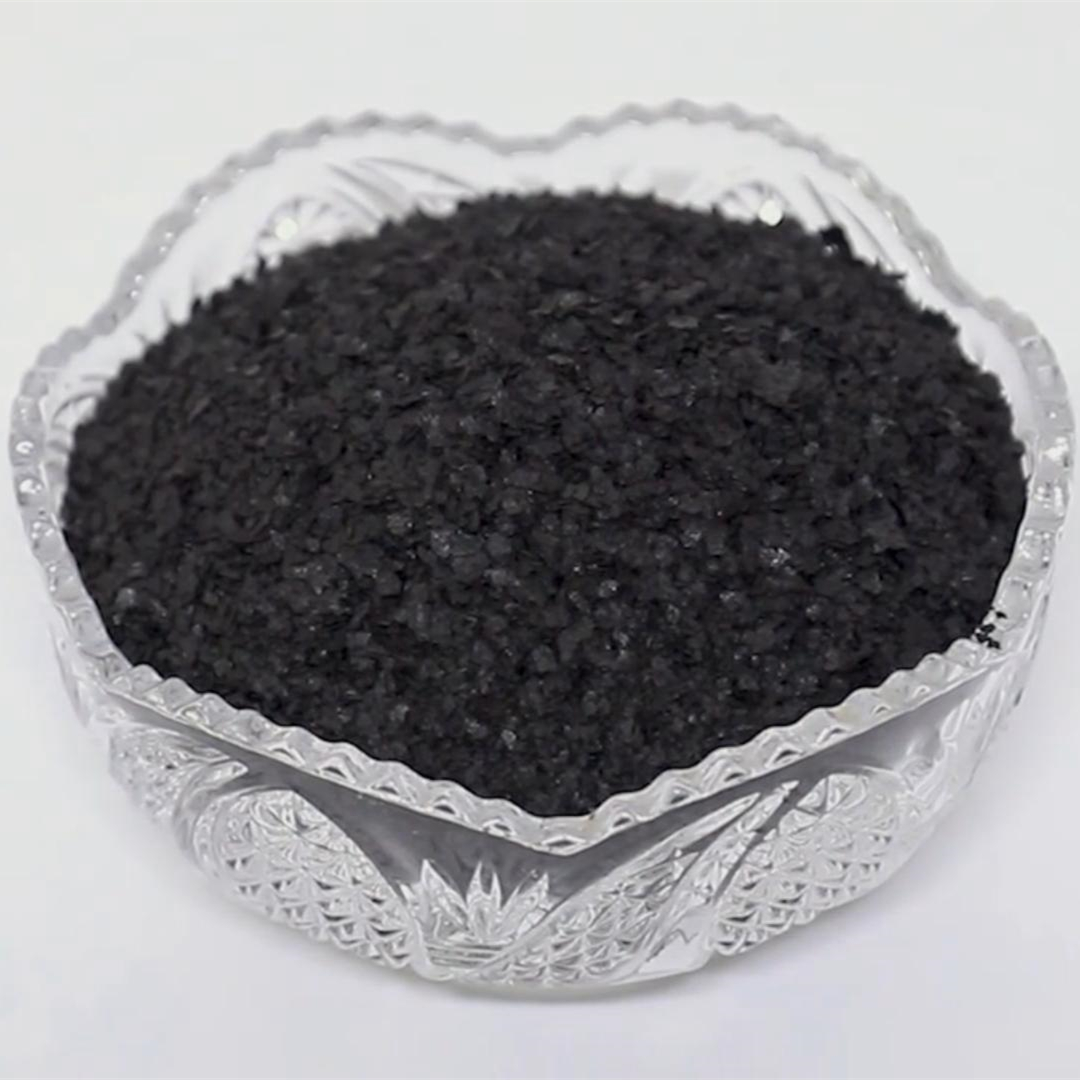
มี.ค. . 14, 2024 17:31 Back to list
Agricultural NH3 and NOx emissions in Canada
Synthetic fertilizer
The type of synthetic fertilizer used affects the rate of NH3 lost. Urea fertilizer has been shown to produce the highest emissions of the total available NH3 at 6–25% (ECETOC 1994), while emission rate for calcium ammonium nitrate is 5–14% (Bussink, 1994), depending on the rate of application. NH3 emissions are about 20% of the application in dry soil because of diffusion through soil pores, 50% in wet soils because of incomplete closure of injection slits, and insignificant in moist soils (Sommer and Christensen, 1992). The 1990 Canadian inventory in Canada shows that fertilizer application accounts for about 104 ktonnes of NH3 emissions (Table 2). Early analysis of the 1995 data indicates an in increase in overall emissions of approximately 26% (Environment Canada, 1997). Approximately 11% of nitrogen in fertilizer is converted to NOx (Shepherd et al., 1991). Fluxes of NOx from fertilized fields into the atmosphere are strongly related to nutrient levels, soil moisture, and soil temperature (ibid.). There are no reliable estimates for NOx emissions from soils across Canada.
Table 2. NH3 Emissions from Fertilizer Application in Canada (Environment Canada, 1997)
| Empty Cell | 1990 (tonnes NH3), | 1995* (tonnes NH3) | 1990–1995* (% change) |
|---|---|---|---|
| Urea | 86081 | 109232 | +6 |
| Ammonium sulphate | 3070 | 4183 | +36 |
| Ammonium nitrate | 2292 | 2199 | −4 |
| Anhydrous NH3 | 4270 | 5311 | +24 |
| Nitrogen solutions | 1975 | 1981 | 0 |
| Monoammonium phosphate | 4565 | 4948 | +8 |
| Diammonium phosphate | 2213 | 1562 | −29 |
| Other phosphate fertilizer | 9 | 0 | – |
| Other fertilizer materials | 2 | 1925 | – |
| Fertilizer total | 104477 | 131341 | +26 |
- *
- Preliminary: Emission factors used for the Canadian Inventory were taken from US-EPA (1994) which in turn are based largely on Asman (1992).
-
Premium 8 12 16 Fertilizer – High-Efficiency Compound & Granular NPK Supplier
NewsJun.10,2025
-
High Quality Agricultural Grade NPK Fertilizer Manufacturer & Supplier Reliable Factory Price
NewsJun.10,2025
-
Organic Fertilizer for Corn Boost Yield Sustainably
NewsJun.10,2025
-
Organic Fertilizer for New Plants Natural Growth Boost & Eco Nutrients
NewsJun.10,2025
-
Optimized Hydroponic NPK Fertilizer – Fast Growth & Nutrients
NewsJun.09,2025
-
Top-Rated NPK Fertilizer for Fruit Trees - Boost Growth & Yield
NewsJun.09,2025

